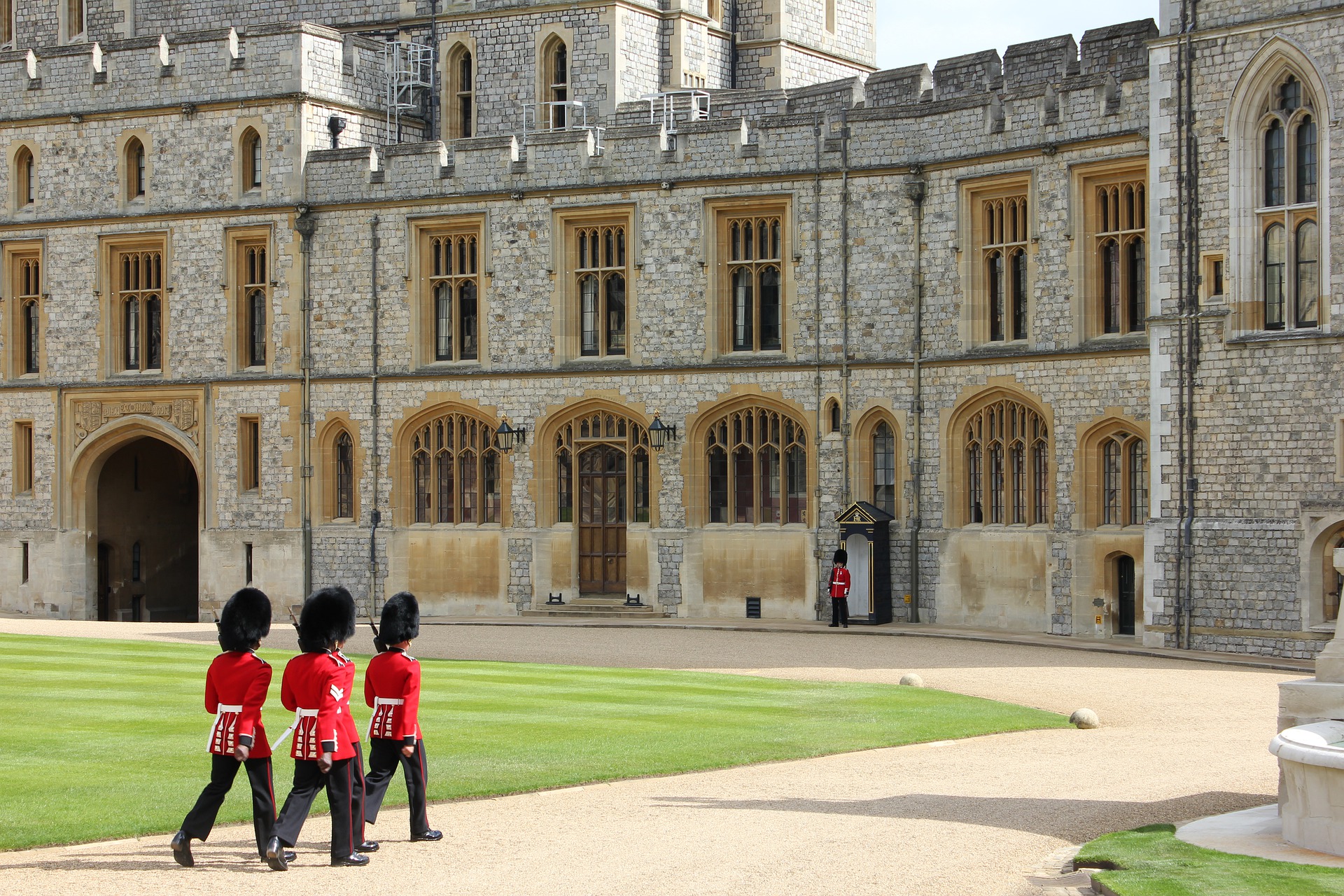
Social movement – a form of collective, spontaneous action of certain social categories or communities aimed at a specific goal and often to cause social change.
Actions taken by members of social movements are usually spectacular in order to make a great impression on both the society and the government apparatus that controls this society. According to Jan Szczepański, there are three types of social movements:
- expressive movements,
- reform movements,
- revolutionary movements – e.g. national liberation movements.
In another typology, we can distinguish between secular and religious movements.
In humanistic sociology, social movements are seen as the main, most important factors of social change and social development.
Social movements do not create complex organizational structures, however, when they have the ability to influence power and can not only postulate the need for change, but also introduce this change, then they are institutionalized, and they themselves transform into complex organizations, e.g. parties political. However, a significant proportion of social movements are falling apart.
Modern information technologies, especially the Internet, enable the rapid spread of new social movements.
Types of social movements
Sociologists distinguish several types of social movements, the activities of which can be divided due to:
Range of activity:
- reform movements – social movements that support changes to certain social norms or laws. Examples of such movements include trade unions aimed at increasing workers’ rights, environmental movements supporting the implementation of pro-environmental legislation, or movements supporting the introduction of the death penalty or abortion law. Some reform movements may try to change certain customs or moral norms, such as condemning pornography or spreading a certain religion.
- radical movements – these are movements intended to fundamentally change the value of a given social system. An example of this type of movement could be included in the activities of the Civil Rights Movement, which demanded full civil rights and equality before the law for all US citizens, regardless of race. In Poland, an example of a radical movement was Solidarity, which demanded the transformation of the Polish political and economic system based on Stalinism into a democratic system, another example of a radical movement may be the South African movement for slum dwellers – Abahlali baseMjondolo, demanding the full inclusion of slum residents in the life of cities .
Type of introduced changes:
- innovative movements – these are social movements that want to introduce new or change existing norms, values, etc. An example of such a movement can be singularism, which advocates deliberate actions towards the emergence of a technological singularity and ensuring its safety for humanity.
- conservative movements – these are social movements that want to preserve existing norms, values, etc. For example, the nineteenth-century Luddite movement against new technologies in production or the modern movement opposing the production of genetically modified food can be treated as conservative movements because their struggle is aimed at against specific changes in technology.
Target groups:
- movements aimed at reaching certain social groups or intended to influence society in general. These are, for example, social movements that support the change of the political system. Some of these movements may transform into or join a political party, but many remain outside the political party supporting the reforms.
- movements aimed at reaching the unit. An example of this type of movement is mostly religious movement.
Operation methods:
- peace movements – these are movements that use non-aggressive means of protest as part of their campaign of passive resistance, often referred to as civil struggle. The American civil rights movement, Polish Solidarity, or the non-violent civil disobedience-oriented wing of the Indian independence movement can be examples of this type of movement.
- aggressive movements – these are social movements that tend to use violence. These are usually militarized movements and, in extreme cases, can take the form of a terrorist or paramilitary organization. An example of this type of organization is the Red Army Faction, the Red Brigades or Al-Qa’ida.
Old and new:
- old movements – social movements that have existed for many centuries. These are the oldest known social movements, the activity of which in an organized form can be dated to the eighteenth or nineteenth century at the latest, referring to specific social groups such as the working class, peasants, aristocrats, and Protestants. These were social movements usually centered around material goals such as improving living conditions, for example, fighting for the political autonomy of the working class.
- new movements – these are the social movements that became dominant in the second half of the twentieth century – such as feminism, pro-choice, civil rights movement, environmental movement, free software movement, social movement for LGBT rights, pacifism, anti-nuclear movement, alterglobalist movement, etc. Sometimes they are known as new social movements. Usually they focus on problems that go beyond the problems of given social groups, but are related to them.
Scale of operation:
- global movements – these are social movements with global (transnational) goals. These are movements such as the First (where Marx and Bakunin first met), Second, Third and Fourth Internationals, the World Social Forum, Peoples’ Global Action, and the anarchist movement that seek to transform society into global level.
- local movements – most social movements have a local scope of activity. They focus on local or regional goals such as protecting specific natural areas, lobbying for a reduction in tolls on specific highways, or protecting buildings from demolition in order to gentrify and transform them into community centers.


